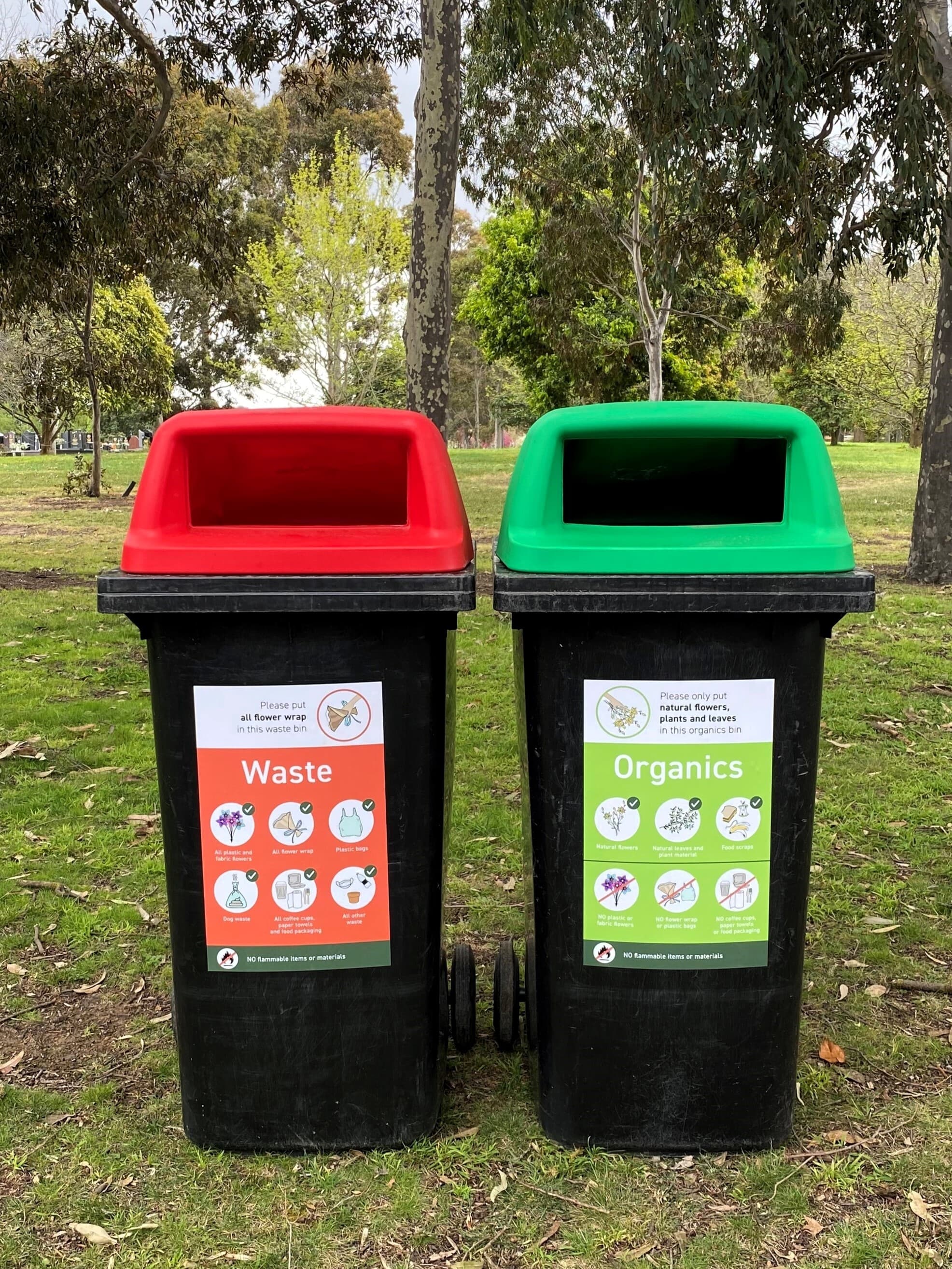Mulch for Native Grasslands at Melbourne Cemetery
- 12 July 2023

Project Cultivate
Lush native grasslands once flourished from Melbourne’s Yarra River (Birrarung) to the South Australian border. Today, less than 2% of these grasslands remain intact, making them one of the most endangered eco-systems in Australia. Project Cultivate, an initiative of the Southern Metropolitan Cemeteries Trust (SMCT), aims to test and develop a large-scale native grassland featuring over 127,000 plants at Melbourne General Cemetery (MGC) by rejuvenating desolate, unplanted areas of the grounds.
Plants alone do not make a healthy, sustainable habitat. In the world of gardening, common knowledge is that it all starts with the soil - and this is where our mulch comes in. The soil currently throughout the cemetery is challenging from a horticultural perspective. Much of the potential planting area is heavily compacted with little to no topsoil, difficult for plants to grow and flourish in.
From May to August 2023, SMCT teams will lay 1,400 cubic metres of mulch across MGC - the equivalent of 14,000 wheelbarrow loads of tree loppers mulch, laid to a depth of 5cm. The benefits of the mulch include:
Adding organic matter, nutrients and microbial life to the soil
Improving the structure of soil, preventing erosion and run-off
Suppressing weed growth, and reducing reliance on herbicides
Retaining moisture from rainfall, improving soil water holding capacity and plant resilience to the effects of climate change
Increasing plant coverage, reducing the heat island effect on-site
Improving biodiversity by creating habitat for insects, lizards and birds
Minimising soil temperature fluctuations throughout the seasons for healthier, happier plants.
SMCT Horticulture Assets Manager Helen Tuton is particularly excited about the biodiversity we expect from the mulching process.
"This mulch will act as a habitat. Smaller insects, beneficial insects, soil microbes, and even lizards will start to call this mulch home, which is amazing. We’re surrounded by parklands, including Royal Park and Princes Park, which have high insect diversity.”
“So, within our mulch we’ll start to see things like worms and other beneficial insects, which are important parts of a healthy, functioning ecosystem. The nice thing about the insects is that they’ll act as a food source for the smaller birds and lizards that we’re trying to encourage back to the site. Eventually, we will be hosting birdwatching activities, we will do insect surveys on the site, and we’ll be able to watch the numbers of birds and insects grow while the plants grow, which is great.”
The tree loppers mulch we are using at MGC contains nutrients tied up in the foliage, woody matter, and ‘heartwood’, the supporting pillar at the centre of tree trunks. This nutrient rich matter will be released into the soil over time, encouraging biodiversity. Tree loppers mulch resembles what would have once covered the environment - the leafy matter, larger and smaller wood particles along with occasional sticks provide an ideal environment for our selected locally native plants.
Tips for mulching at home
While we’re improving soil conditions at MGC on a grand scale, you can do something similar right in your own backyard.
Mulch to a depth of 5-7cm to create healthy, well-draining soil
Build up garden beds to create good drainage
Eliminate weeds from your project area prior to mulching
By mulching prior to planting, you’ll help to reduce weed growth, and keep the soil cool, moist and soft.
Find out more about Project Cultivate here.
Recommended articles

Planned construction works - Springvale Botanical Cemetery
- 23 September 2025
Please note that planned construction works are now taking place at Springvale Botanical Cemetery. You can read more about these works below, or download a map of Springvale Botanical Cemetery.

On-Site Recycling and Waste Management
We are committed to caring for the environment by taking responsibility for our actions and their impact on the planet.

Say Their Name Remembrance Service 2025: Supporting community with Red Nose
- 13 May 2025
Supporting our community is at the heart of our work at Southern Metropolitan Cemeteries Trust (SMCT). On Sunday 23 March 2025, our Community Care and Wellbeing (CCW) program team collaborated with Red Nose Australia to create a safe and welcoming space for community as part of Red Nose’s Melbourne Say Their Name Day remembrance service.
- Events
- Community Care & Wellbeing Program